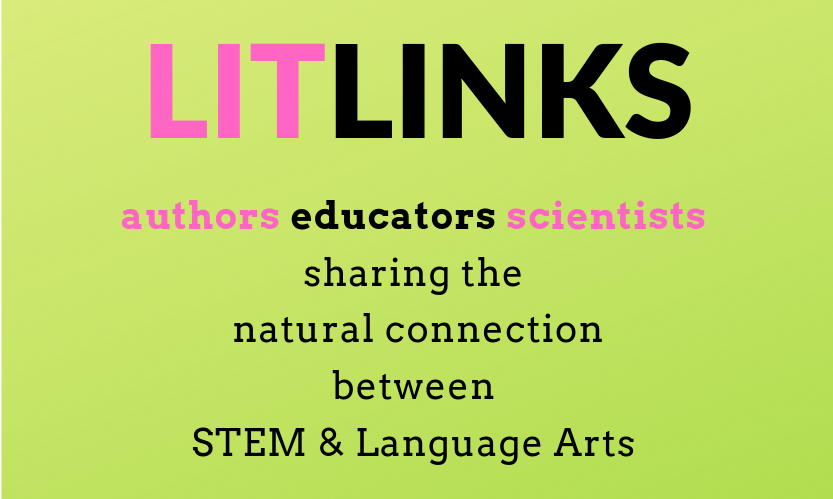
GUEST BLOGGER KELLY CRULL
If you’re looking for cause and effect activities for students in first grade, second grade, or third grade during your ELA (English Language Arts) block, then consider this free lesson with activities and a worksheet based on my book, Washed Ashore: Making Art from Ocean Plastic.
Objective
Students will identify the cause and effect of actions and events in an informational text using a graphic organizer.
Common Core State Standards
CCSS.ELA-Literacy.RI.1.3, CCSS.ELA-Literacy.RI.2.3
Teaching materials
- Washed Ashore: Making Art from Ocean Plastic by Kelly Crull
- Whiteboard, chart, markers
- Graphic Organizer Worksheet
Teacher modeling for cause and effect
Read the introduction page from Washed Ashore: Making Art from Ocean Plastic to introduce your class to the topic of plastic pollution and the Washed Ashore Project. Then, introduce the vocabulary of cause and effect and explain the meaning of cause (why something happens) and effect (a result).
Show the relationship between cause and effect using examples from the text. For instance, “When Angela Haseltine Pozzi noticed trash was washing up on the beach near her house and no one was picking it up, she picked up trash from nearby beaches and used it to make giant sculptures of marine animals.” The cause is Angela noticing the trash on the beach near her house and the effect is her decision to pick up the trash and make sculptures of marine animals.
Turn to the “Where do Plastic Bottles Go?” flowchart near the end of the book. Use the vocabulary “cause and effect” to identify cause and effect relationships using examples from the flowchart. Using a graphic organizer, chart causes and effects from the flowchart. Observe that when the cause changes, the effect also changes.
Our actions have consequences. As Angela likes to say, “Every action counts!”
Cause and effect discussion
How did we identify the cause-and-effect relationships in the book? Students should respond that you looked at events in the text and then thought about what happened as a result of that event.
Guided practice
Hand out the graphic organizers (link above in the Teacher materials section). Read one of the animal profiles (the text on the upper left-hand corner of each page that features an animal sculpture). Using the profile, identify together a cause. The students will write down the cause under the “Cause” column on their graphic organizer. Ask them to identify the effect of the cause that was identified by the class and write down the effect under the “Effect” column on their graphic organizer. You can repeat this exercise with more animal profiles until the students are comfortable identifying the cause and effect.
Individual cause and effect practice
Using the “Call to Action” text on the top right-hand corner of each animal profile, identify the suggested action step as a class and write it down under the “Cause” column on their graphic organizer. Now, ask the students to imagine a positive effect that might occur as a result of that action and write it down under the “Effect” column on their graphic organizer. Invite students to turn to a partner and share two or three of their favorite ideas.
Discussion
To round out the lesson, ask the students to share any “effects” they came up with that you could adopt as a classroom. Develop a plan to implement these ideas in your classroom.
Extensions
- Use examples from Washed Ashore to identify signal words (if, then, because, since, so, before, after) to show cause-and-effect relationships. Using their completed graphic organizer, ask students to underline any signal words they find. Afterward, ask them to share their signal words with their partner.
- For fun, search for some of the objects hidden in the animal sculptures, which can be found at the bottom of each page. Discuss which objects they see in sculptures that they use at home. How could they refuse, reduce, reuse, or recycle (the 4 R’s) those objects to prevent more plastic from entering the ocean?
- In partnership with NOAA, Washed Ashore has developed an entire integrated-arts curriculum on ocean conservation. The lessons are free to download and aligned with national standards. Check out the free Washed Ashore curriculum at https://www.washedashore.org/curriculum/
Kelly Crull is an author, illustrator, and photographer. As a child, he spent many early mornings playing Oregon Trail while his dad frantically graded papers and finished lesson plans before school. As a trained teacher, Kelly now writes playful nonfiction books about environmental issues, conservation, and climate change. Since he first saw the Washed Ashore exhibit at Como Park Zoo in St. Paul, Minnesota, Kelly he has been collecting plastic at the beach with his kids. They usually end up making silly pictures in the sand before safely disposing of the plastic. Kelly lives with his family near the beach in northern Spain. Find him online at kellycrull.com, Instagram, Twitter, Facebook, and YouTube.


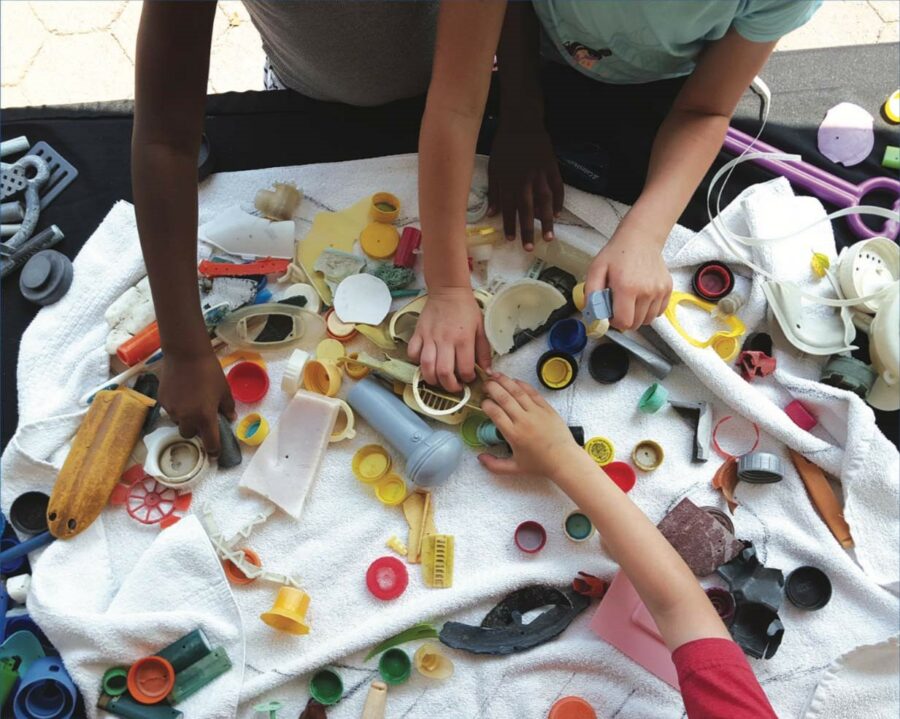
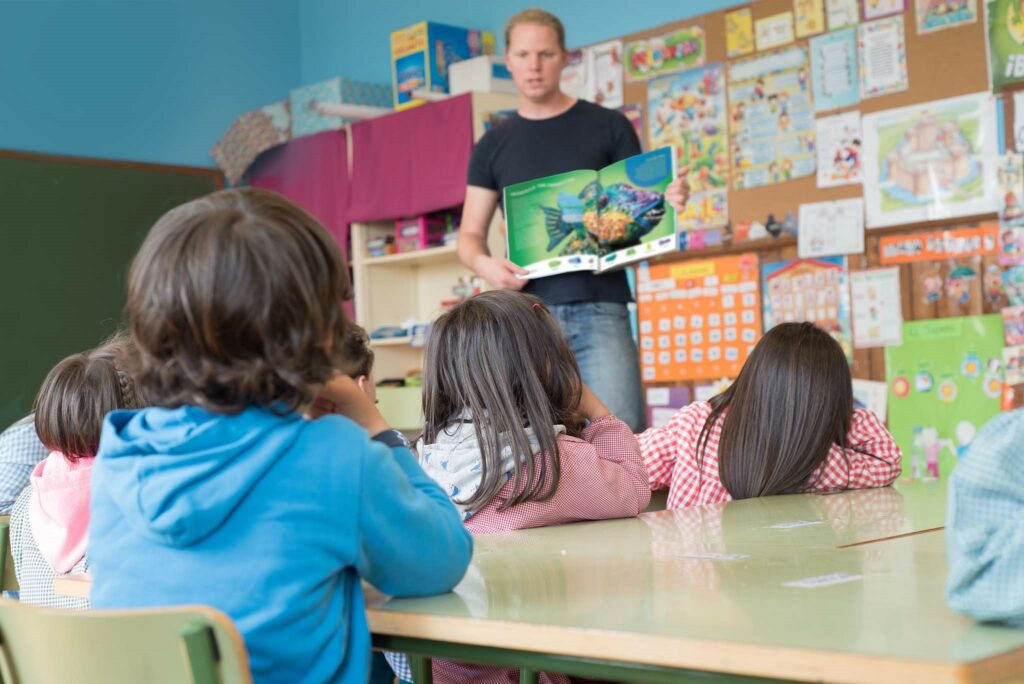
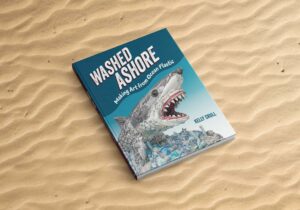
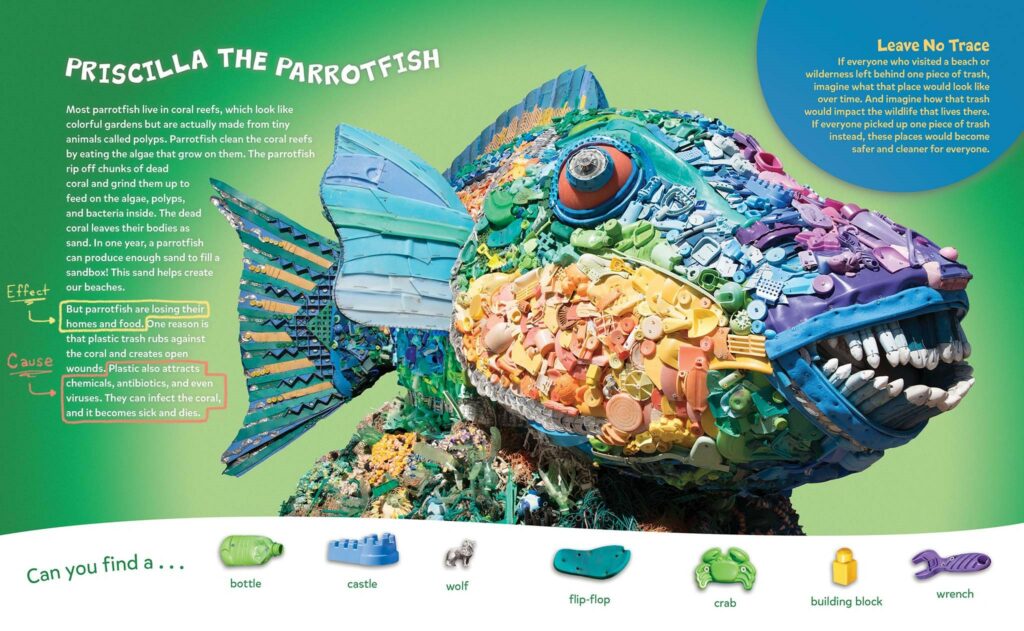


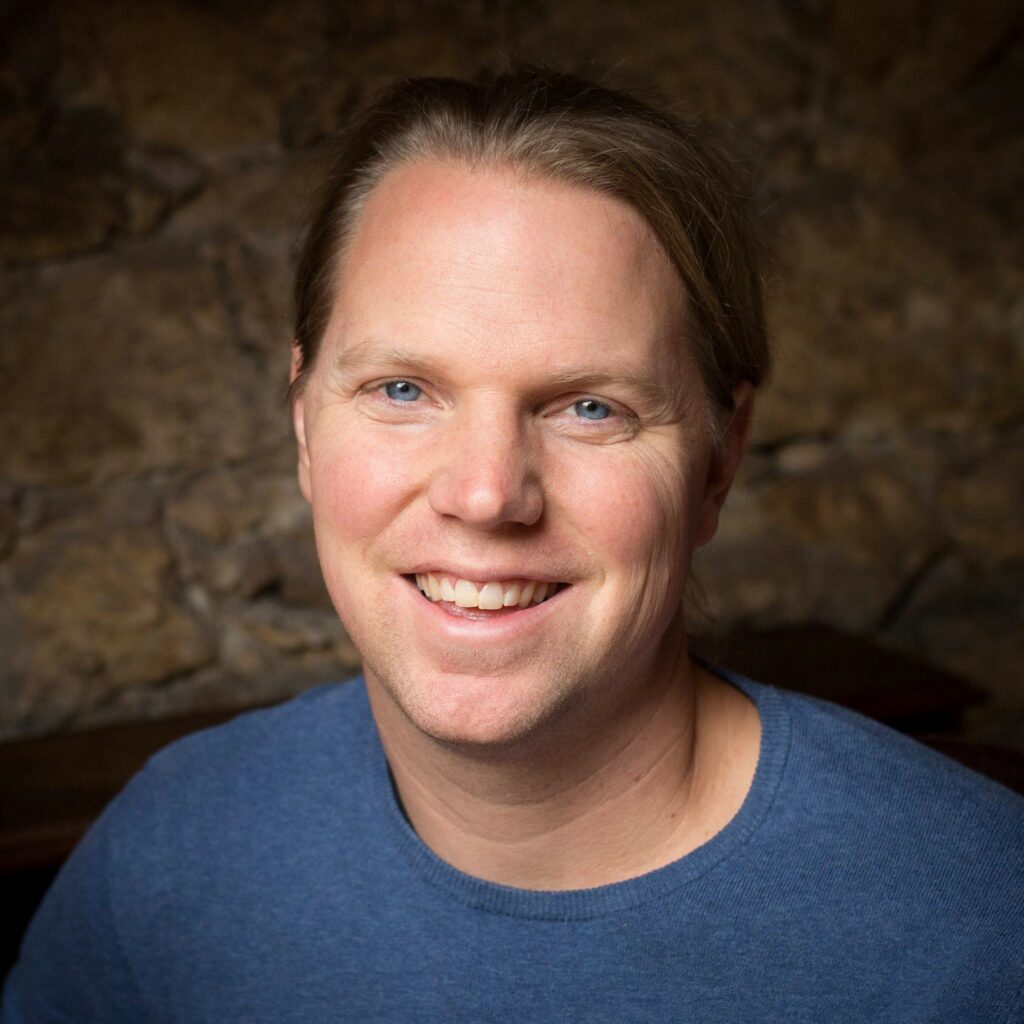
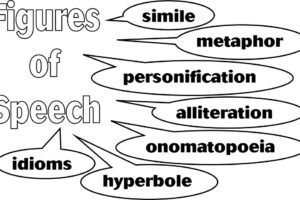



Leave a Reply
Your email is safe with me.